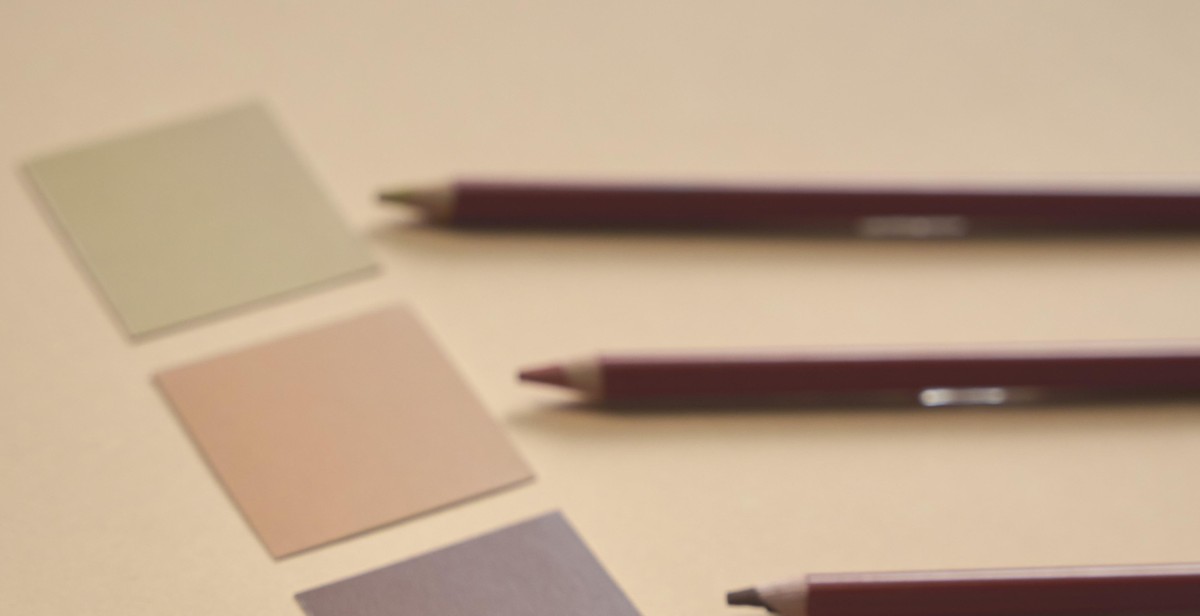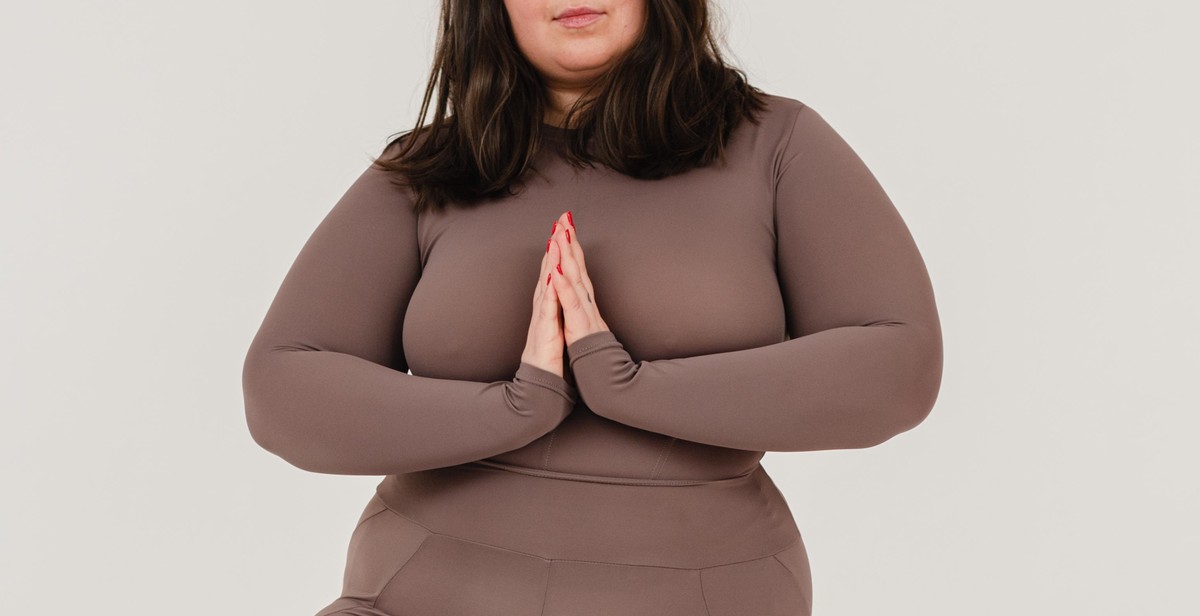Harness the Power of Visualization for Mental Wellbeing
Visualization is a powerful technique that can help individuals improve their mental wellbeing. It involves creating a mental image or scenario in one’s mind, using all the senses to make the experience as vivid as possible. Visualization can be used to reduce stress, anxiety, and depression, and to improve focus, motivation, and performance.
What is Visualization?
Visualization is a form of mental imagery that involves using all the senses to create a mental picture of a desired outcome or experience. It is a technique that has been used for centuries in various forms, such as creative visualization, guided imagery, and meditation.
Visualization can be used in many different ways, from imagining oneself achieving a goal or overcoming a challenge, to picturing a peaceful scene or a happy memory. The key is to make the visualization as realistic and detailed as possible, engaging all the senses to create a vivid mental experience.
Visualization has been shown to have numerous benefits for mental wellbeing, including reducing stress and anxiety, improving mood and self-esteem, enhancing creativity and problem-solving skills, and boosting motivation and performance.
- Reduce stress and anxiety
- Improve mood and self-esteem
- Enhance creativity and problem-solving skills
- Boost motivation and performance
In this article, we will explore the power of visualization for mental wellbeing, and how you can harness this technique to improve your own mental health and wellbeing.

The Science Behind Visualization
Visualization is a powerful tool that can help you achieve your goals and improve your mental wellbeing. It works by tapping into the mind-body connection, which is the link between the brain and the body. This connection is the foundation of many alternative therapies, such as meditation, yoga, and acupuncture.
The Power of the Mind-Body Connection
When you visualize something, your brain sends signals to your body that make it feel like you are actually experiencing the thing you are imagining. This is because the brain cannot distinguish between reality and imagination. For example, if you visualize yourself running, your brain will send signals to your muscles that will make them contract, even though you are not actually moving.
The mind-body connection is also responsible for the placebo effect, which is when a person experiences a positive effect from a treatment that has no active ingredients. The placebo effect is thought to be caused by the person’s belief that the treatment will work, which triggers a release of neurotransmitters in the brain that reduce pain and improve mood.
How Visualization Works in the Brain
When you visualize something, your brain activates the same areas that would be active if you were actually doing the thing you are imagining. For example, if you visualize yourself playing the piano, the areas of your brain that control hand movements and finger dexterity will light up on an MRI scan.
Visualization also stimulates the brain’s reward centers, which release dopamine, a neurotransmitter that is associated with pleasure and motivation. This can help you stay focused and motivated as you work towards your goals.
| Benefits of Visualization: |
|---|
| – Reduces stress and anxiety |
| – Improves mood and self-esteem |
| – Enhances physical performance |
| – Increases focus and motivation |
Overall, visualization is a powerful tool that can help you achieve your goals and improve your mental wellbeing. By tapping into the mind-body connection and stimulating the brain’s reward centers, visualization can help you stay focused, motivated, and positive as you work towards your dreams.

Benefits of Visualization for Mental Wellbeing
Visualization is a powerful tool that can help to improve mental wellbeing. It involves creating a mental image of a desired outcome or situation. Here are some of the ways in which visualization can benefit mental wellbeing:
Reducing Stress and Anxiety
Stress and anxiety can have a negative impact on mental wellbeing. Visualization can help to reduce these feelings by creating a sense of calm and relaxation. By visualizing a peaceful and calming image, such as a beach or a forest, individuals can reduce their stress and anxiety levels.
Improving Focus and Clarity
Visualization can also improve focus and clarity. By visualizing a clear and specific goal, individuals can increase their motivation and concentration. This can help to improve productivity and overall mental wellbeing.
Boosting Confidence and Self-Esteem
Visualization can also boost confidence and self-esteem. By visualizing a positive outcome, individuals can increase their belief in their abilities and feel more confident in themselves. This can have a positive impact on mental wellbeing and overall quality of life.
Overall, visualization is a powerful tool that can benefit mental wellbeing in numerous ways. By incorporating visualization techniques into daily life, individuals can reduce stress and anxiety, improve focus and clarity, and boost confidence and self-esteem.

How to Practice Visualization for Mental Wellbeing
Visualization is a powerful tool that can help improve your mental wellbeing. It involves creating a mental image of a desired outcome, which can help you achieve your goals and reduce stress and anxiety. Here are some tips to help you get started with visualization techniques:
Getting Started with Visualization Techniques
Before you start visualizing, find a quiet and comfortable place where you can relax and focus. Close your eyes and take a few deep breaths to calm your mind and body. Then, choose a specific goal or outcome that you want to achieve, such as improving your confidence or reducing your stress levels.
Next, create a mental image of yourself achieving this goal. Visualize yourself in detail, using all your senses. Imagine how you would feel, what you would see, hear, and smell. Make the image as vivid and real as possible, and try to feel the emotions associated with achieving your goal.
Visualization Exercises to Try
Here are some visualization exercises to try:
- The Beach Visualization: Imagine yourself on a beautiful beach, feeling the warm sun on your skin and listening to the sound of the waves. Visualize yourself relaxing and enjoying the moment.
- The Success Visualization: Visualize yourself achieving a specific goal, such as getting a promotion at work or finishing a project. Imagine how you would feel and what you would do to celebrate your success.
- The Inner Peace Visualization: Visualize yourself in a peaceful and serene place, such as a quiet forest or a mountain top. Imagine yourself feeling calm and relaxed, surrounded by nature.
Visualization can be a powerful tool for improving your mental wellbeing. By practicing visualization techniques regularly, you can reduce stress and anxiety, increase your confidence, and achieve your goals. Try incorporating visualization into your daily routine and see how it can benefit you.

Tips for Effective Visualization
Visualization is a powerful mental tool that can help you achieve your goals and improve your mental wellbeing. Here are some tips for effective visualization:
Creating a Relaxing Environment
It is essential to create a relaxing environment before you start your visualization practice. Find a quiet place where you won’t be disturbed, and make sure you are comfortable. Dim the lights, light some candles, or play some soothing music to help you relax and focus.
Using All Your Senses
Visualization is all about creating a vivid mental image of what you want to achieve. To make your visualization more effective, engage all your senses. Imagine what it looks like, sounds like, smells like, feels like, and even tastes like. The more senses you engage, the more real your visualization will become.
Staying Positive and Focused
Visualization is a mental exercise, and it requires focus and concentration. It is important to stay positive and focused throughout your visualization practice. If you find your mind wandering, gently bring it back to your visualization. Visualize yourself achieving your goals, and focus on the feelings of success and accomplishment.
By following these tips, you can harness the power of visualization to improve your mental wellbeing and achieve your goals.

Incorporating Visualization into Your Daily Routine
Visualization is a powerful tool for improving mental wellbeing, but finding time to practice it can be challenging. However, with a little effort and dedication, it is possible to make visualization a daily habit.
Finding Time for Visualization
The key to incorporating visualization into your daily routine is to find a time that works best for you. Many people find that practicing visualization in the morning helps set a positive tone for the day. Others prefer to do it before bed to help unwind and relax.
Consider your schedule and find a time that you can commit to every day. It doesn’t have to be a long time, even just 5-10 minutes can make a difference.
Making Visualization a Habit
Like any habit, incorporating visualization into your daily routine takes practice and consistency. Here are some tips to help you make visualization a habit:
- Set a reminder: Use a calendar app or set an alarm to remind you to practice visualization every day.
- Start small: Begin with just a few minutes of visualization each day and gradually increase the time as it becomes easier.
- Make it enjoyable: Choose a visualization technique that you enjoy and look forward to practicing.
- Stay committed: Even on days when you don’t feel like practicing, commit to doing it anyway. Consistency is key to making it a habit.
By finding time for visualization and making it a daily habit, you can harness its power to improve your mental wellbeing and overall quality of life.

Conclusion
Visualization is a powerful tool that can help improve your mental wellbeing. By using visualization techniques, you can reduce stress, anxiety, and depression, and increase your confidence, motivation, and overall happiness.
How to Start Visualizing Today
If you want to start harnessing the power of visualization for your mental wellbeing, there are a few simple steps you can take:
- Choose your focus: Decide what you want to visualize, whether it’s a peaceful scene, a happy memory, or a future goal.
- Find a quiet place: Choose a quiet spot where you won’t be disturbed and can fully focus on your visualization.
- Relax: Take a few deep breaths and let your body relax.
- Visualize: Close your eyes and start to visualize your chosen focus. Use all your senses to make the visualization as real as possible.
- Repeat: Practice your visualization regularly to make it more effective.
Final Thoughts
Visualization is a simple yet powerful technique that can help improve your mental wellbeing. Whether you’re struggling with stress, anxiety, or depression, or simply want to increase your happiness and motivation, visualization can help. So why not give it a try today?
